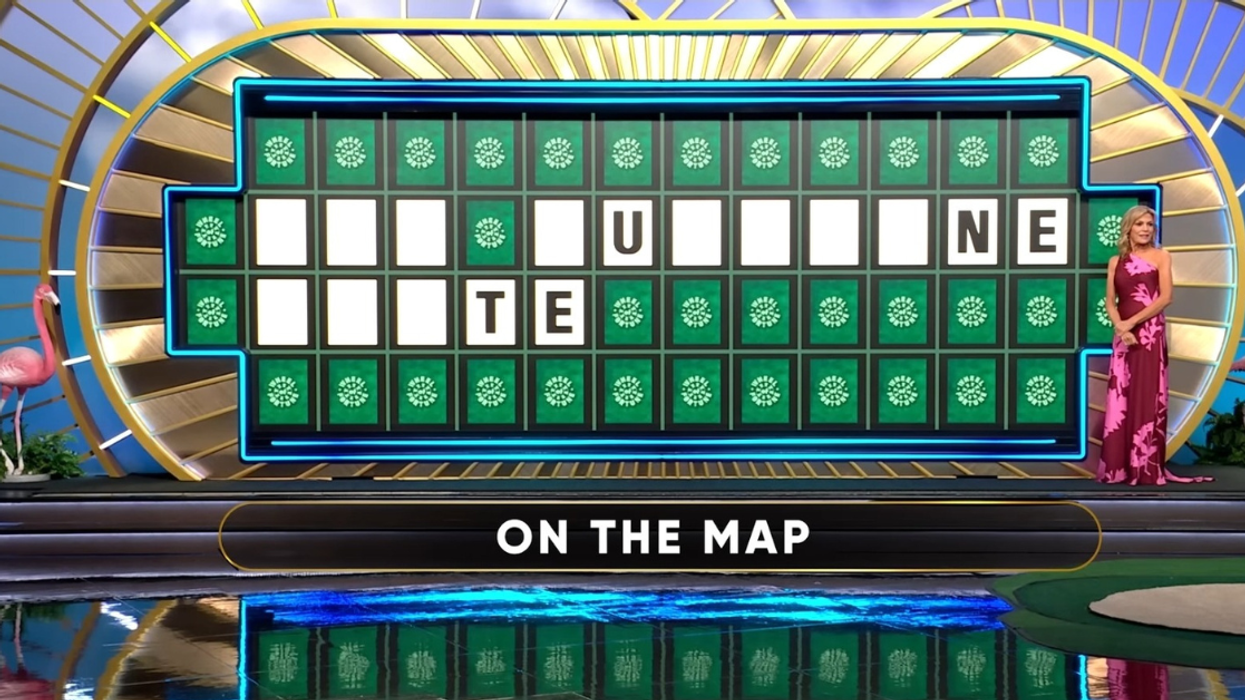In late February and early March, Saturn, Mars and Jupiter fell into alignment in the southeastern skies. During the twilight hours of March 7th and 8th, curious voyeurs will be able to observe the gibbous moon, which is when the moon is more than halfway lit but less than full, move between the three planets. The phenomenon has become known as a “planet parade” as the planets appear to be in a perfect line-up, as if parading across the night sky. By March 8, the moon will remain stationary between Mars and Jupiter.
 2016 Planet Parade
2016 Planet Parade
In 2016, Mercury, Venus, Saturn, Mars and Jupiter lined up for a longer parade, with Mercury making up the tail end near the horizon. The 2017 parade featured the five-planet line-up again, this time with a crescent waning moon. Much like the 2016 and 2017 astronomical events, the only time to view the 2018 planet parade is within the first hour after midnight. According to EarthSky.org, Jupiter will be the easiest to see while Mars and Saturn will be a little dimmer as they won’t rise until closer to dawn when the sky starts to brighten.
The planetary alignment will only be viewable on the 7th and 8th of March to viewers in the Northern Hemisphere. The “parade” will be visible to people in the Southern Hemisphere sometime in April or, if they wish to view it with the Northern Hemisphere, via various online streaming services. NASA’s online broadcast may catch a glimpse of the alignment. Weather.com also suggests visiting Space.com, Slooh.com and EarthSky.org as they may also stream the event. Currently, there is no confirmation from any source that they will broadcast the 2018 planet parade.
Saturn, Mars and Jupiter may be the only viewable planets in the parade in early March, but by March 18, Venus and Mercury will also become visible until the 20th.







 @thenewmrshamilton/TikTok
@thenewmrshamilton/TikTok @thenewmrshamilton/TikTok
@thenewmrshamilton/TikTok @thenewmrshamilton/TikTok
@thenewmrshamilton/TikTok @thenewmrshamilton/TikTok
@thenewmrshamilton/TikTok @thenewmrshamilton/TikTok
@thenewmrshamilton/TikTok @thenewmrshamilton/TikTok
@thenewmrshamilton/TikTok @thenewmrshamilton/TikTok
@thenewmrshamilton/TikTok @thenewmrshamilton/TikTok
@thenewmrshamilton/TikTok @thenewmrshamilton/TikTok
@thenewmrshamilton/TikTok @thenewmrshamilton/TikTok
@thenewmrshamilton/TikTok @thenewmrshamilton/TikTok
@thenewmrshamilton/TikTok @thenewmrshamilton/TikTok
@thenewmrshamilton/TikTok @thenewmrshamilton/TikTok
@thenewmrshamilton/TikTok @thenewmrshamilton/TikTok
@thenewmrshamilton/TikTok @thenewmrshamilton/TikTok
@thenewmrshamilton/TikTok @thenewmrshamilton/TikTok
@thenewmrshamilton/TikTok @thenewmrshamilton/TikTok
@thenewmrshamilton/TikTok







 @josephtafur/YouTube
@josephtafur/YouTube @classicmovielover4056/YouTube
@classicmovielover4056/YouTube @FREELUIGI89/YouTube
@FREELUIGI89/YouTube @lnl3237/YouTube
@lnl3237/YouTube @carolynturk-hu7je/YouTube
@carolynturk-hu7je/YouTube @trayshana/YouTube
@trayshana/YouTube @BelieverinChrist-q3l/YouTube
@BelieverinChrist-q3l/YouTube @AprilGoddess1/YouTube
@AprilGoddess1/YouTube @EmilioBello-q6k/YouTube
@EmilioBello-q6k/YouTube @ericdudley9925/YouTube
@ericdudley9925/YouTube @johnnolan5579/YouTube
@johnnolan5579/YouTube
 @annapatterson575/TikTok
@annapatterson575/TikTok @princessjilliebean/TikTok
@princessjilliebean/TikTok @ashwilliams1124/TikTok
@ashwilliams1124/TikTok @wiebkerelli/TikTok
@wiebkerelli/TikTok @0xenbury/TikTok
@0xenbury/TikTok @jo_darcy/TikTok
@jo_darcy/TikTok @bdaz33/TikTok
@bdaz33/TikTok @akuavamp/TikTok
@akuavamp/TikTok @paulstanbrook/TikTok
@paulstanbrook/TikTok @joeinprogress/TikTok
@joeinprogress/TikTok